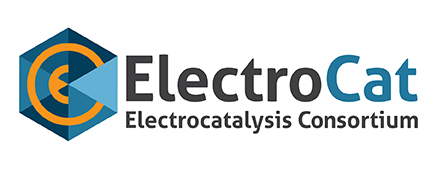| Laboratory: | Los Alamos National Laboratory (LANL) |
| Capability Expert(s): | Ulises Martinez, Scientist, 505-667-1802, [email protected] Siddharth Komini Babu, Post-Doc, 505-667-4641, [email protected] Piotr Zelenay, Scientist, 505-667-0197, [email protected] |
| Capability Details: | |
| Title: | Quantification of Active Sites on the Surface of PGM-free Catalysts |
| Class: | Characterization |
| Description: | By utilizing molecular probes to poison the catalyst, it is possible to identify the active site and estimate its density through in situ techniques. Molecular probes that can form a stable chemical adduct and can be removed from the active site surface electrochemically have been developed (1). Correlating the number of the probe molecules with the loss in measured activity after poisoning gives the number of active sites in a given material. |
| Capability Bounds: | The capability has been established only for rotating disk electrode and is being worked on for MEA. |
| Unique Aspects: | This is a unique technique relying on site-selective molecular/anionic probes crucial for correct estimation of the active sites. |
| Availability: | Please contact the team for instructions on shipping catalyst powder directly to LANL. |
| References: |
|
| Benefit: | For further development of the PGM-free catalyst, there is a need for substantial increase in the active site density or the increasing the activity/turnover frequency (TOF). Hence, it is vital to identify the active site and understand its nature for a more targeted synthesis methodology to improve the performance of the PGM-free catalyst enabling commercial. |
| Robustness: | The technique is well established for RDE but is still in development for MEA. Tests are being conducted to adapt the technique to the MEA. |

